Changing opportunities in agriculture attracts young leaders
Top End stockman and beef industry leader, Hugh Dawson believes traceability is the key to longevity, coupled with a willingness to share and celebrate Australia’s successes – like low-stress animal handling and supply chain innovations – to help attract a future workforce.
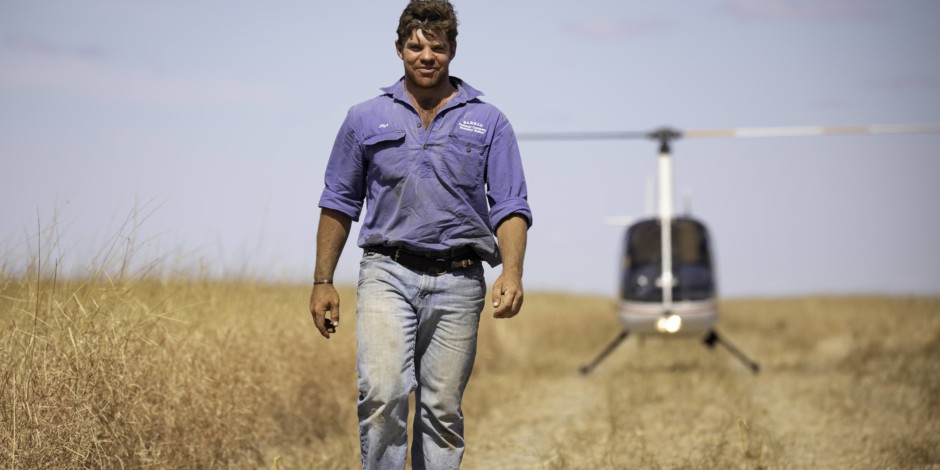
Hugh Dawson wants more young people to make themselves uncomfortable. “I’ve found a lot of my success by pushing myself out of my comfort zone,” said the 23-year old, who’s gone from a school leaver who grew up in South Australian wine country to head stockman of Beetaloo Station in the Northern Territory in just five years.
Hugh remembers boarding the eleven-hour bus trip that would deliver him from Darwin to Elliot, the closest town to Beetaloo, for his first agriculture job when he was 18. “I thought to myself, I’ve really got no idea what I’m getting myself into. I had no idea about working on a station. I had no idea about cattle. The only thing I’d seen about the livestock export industry was on the television. I was absolutely in the deep end.”
Five years on, Hugh leads a team of eight other stockhands at Beetaloo, one of the most prized properties on the Barkly Tableland. Blending responsible land management strategies and innovative stock handling practices is at the heart of the Beetaloo model, and one that has seen the station carry a full herd during the 2017-2019 drought, one of the worst the region has seen.
Running 80,000 Brahman-cross cattle across 2.6 million acres, it didn’t take Hugh long to swap the ute tires for a chopper rotor. After obtaining his license in 2019, he now has another feather in his cap, as well as an efficient way to muster cattle and get around the station.
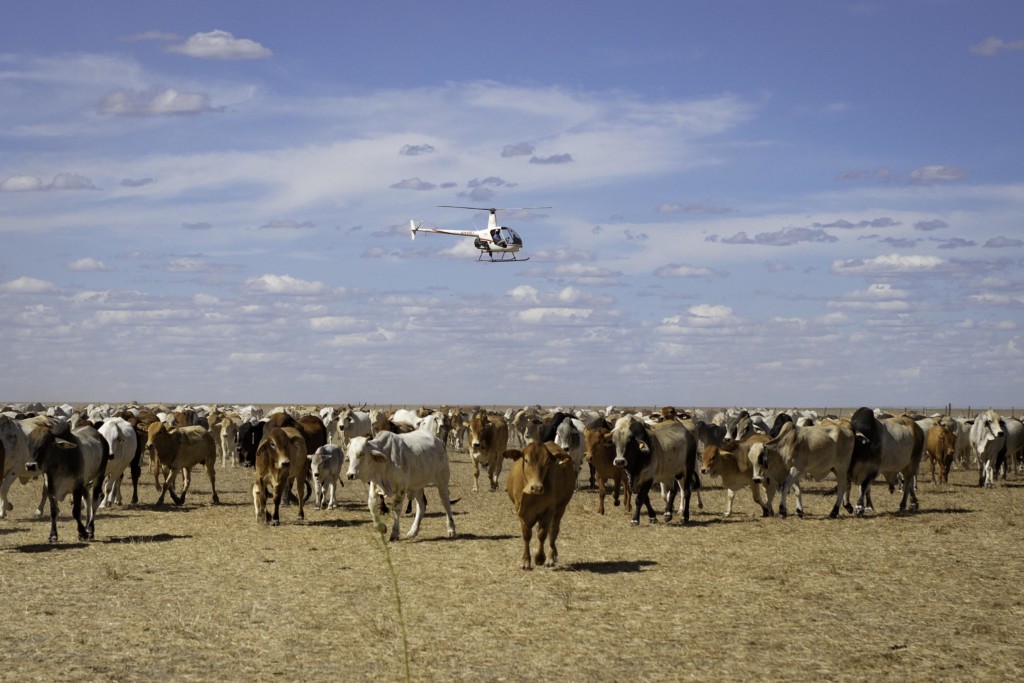
Photography by Stacey Ford
Choppers, problem-solving, and working in a tight-knit crew all captivated Hugh when he arrived at Beetaloo for his gap year in 2015. Frustrated by school and the limiting career advice he’d received, he decided to take a chance on a 12-month job as a ringer, partly inspired by an uncle who’d spent four years on a property.
After that 11-hour bus ride, he put boots to land and discovered the reality of breeding and preparing cattle for live export was nothing like it had been portrayed in the media.
“Experiencing first-hand low-stress stock handling and watching animals move through the yard in a way that was not at all harmful and was a really happy environment for that animal showed to me that there was a bigger picture,” said Hugh. “I wanted to learn more about that.”
Australia leading the world on animal handling
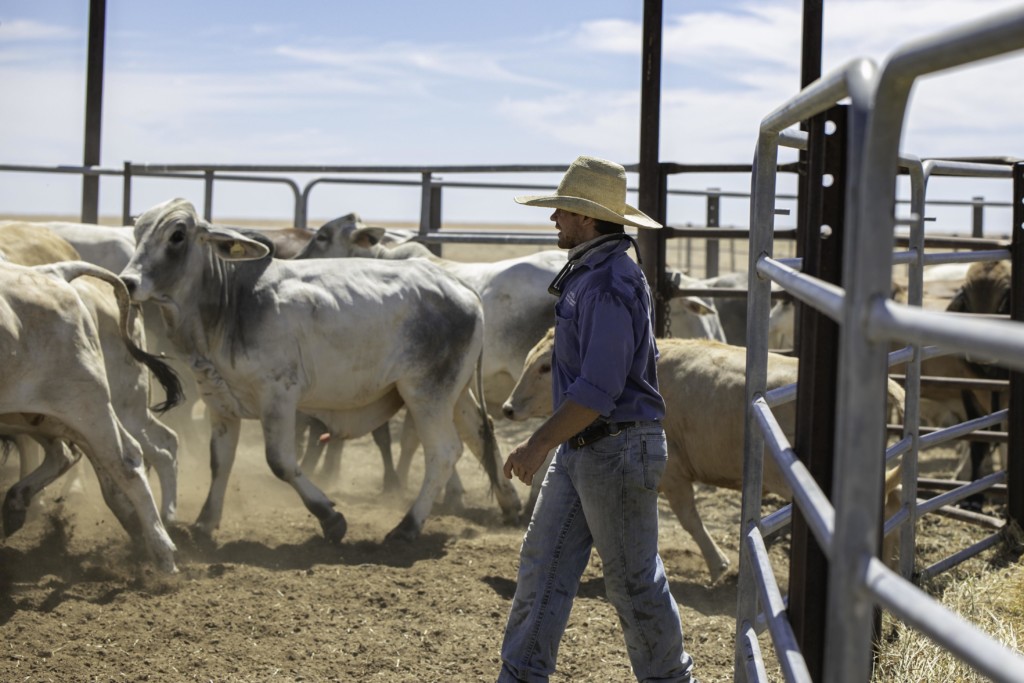
Low-stress handling of livestock is something Hugh has become passionate about and wants the rest of Australia to be more aware of.
A 2011 report shown on Four Corners by ABC severely damaged the Australian public’s perceptions of the $1.9-billion industry, after the public broadcaster aired gruesome footage of the mistreatment of cattle in abattoirs in Indonesia. The government put an immediate halt to live exports to Indonesia, a ban which lasted six weeks but cost the industry up to $600 million and inflicted huge consequences on livelihoods and mental health throughout the supply chain for months and years after. It was seen by many as a knee-jerk reaction, one that was found to be unlawful by the Federal Court in 2020 following a class action.
Yet the good news stories, such as the progress made in regulation and traceability since 2011, haven’t found quite as much air time as Hugh would like.
“Maybe we’re just too busy getting on and getting the job done,” he half-joked.
The Exporter Supply Chain Assurance System, introduced with Indonesia in 2011 and the rest of Australia’s trading partners in 2012, is still the only regulatory framework of its kind in the world, monitoring livestock at every step from farm to slaughter and throwing up red flags if any part of the supply chain isn’t operating as it should.
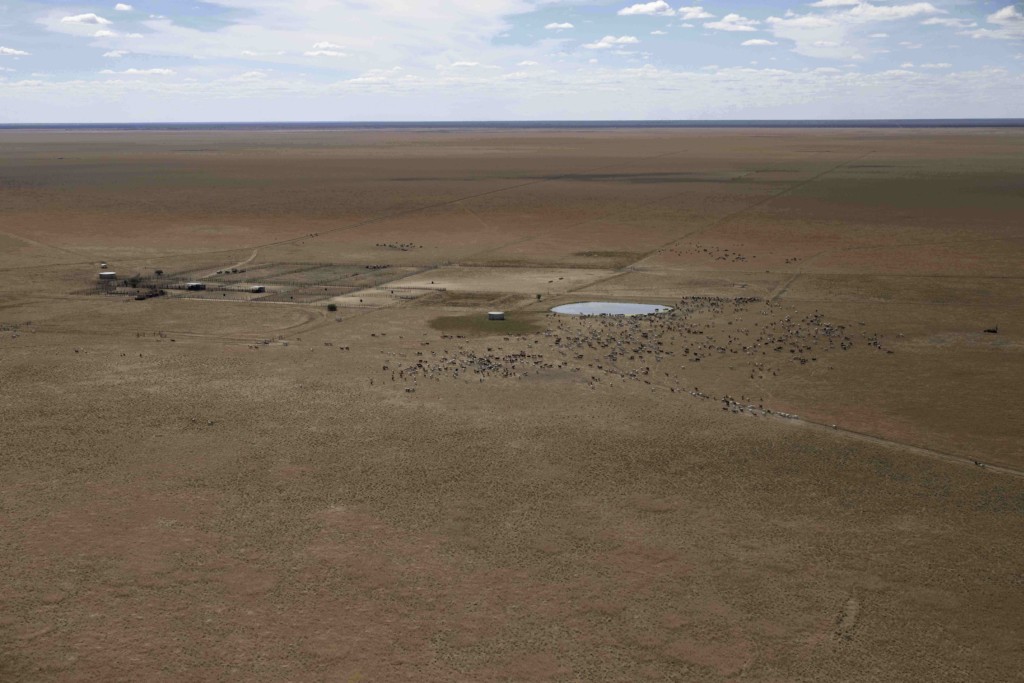
Across the Australian industry, Hugh points to the low-stress stock handling schools that are available, with strong uptake in particular among trainees at the larger corporations. Jim Lindsay, a leading educator with more than 20 years’ experience, trains Beetaloo’s staff in these methods and Hugh said the improved temperament of the cattle and how they respond in the yards speaks volumes.
“While I am excited about developments in other areas of productivity, I think it is so important when working with livestock to not lose sight of just how critical it is to have a physical and personal connection with our animals.”
“It gives us an opportunity to really see how they’re performing. If they might be susceptible to parasites or disease, it gives an opportunity to treat them.”
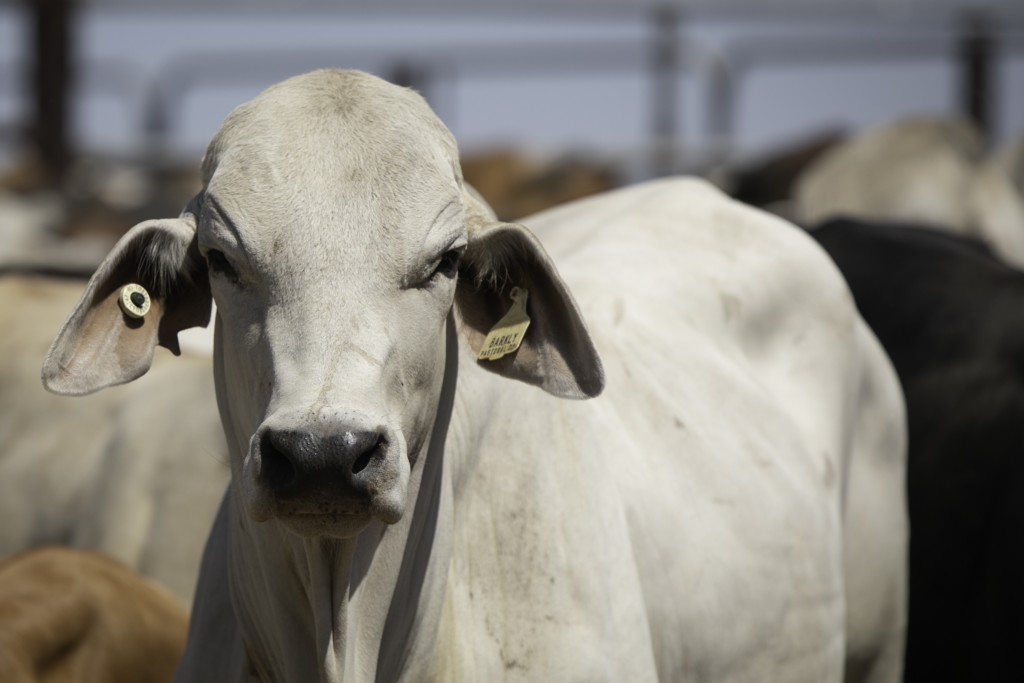
Traceability is key to longevity
But Hugh is excited about improved visibility of the supply chain through innovations like Blockchain and existing practices like the National Livestock Identification System.
While Beetaloo is responsible for tagging animals when they’re born, the applications for unique identifiers further downstream has immense possibilities. Currently, trade partners in Southeast Asia are able to access data on an animal’s vaccinations, provenance and transport from Australia but traceability in retail is being explored in countries such as China, where demand for healthy and high-quality beef is on the rise.
Blockchain platform BeefLedger and agtech company AgLive are making gains, and Meat & Livestock Australia have commissioned research into Blockchain as a solution for industry integrity, value-added products and consumer confidence.
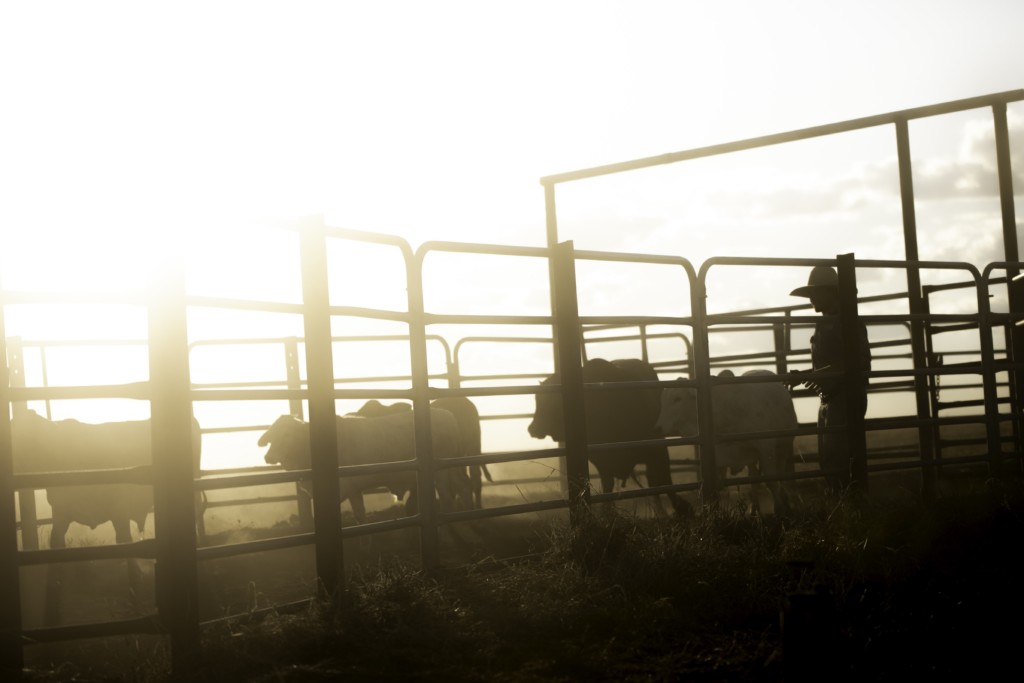
The growing appetite for information on provenance and sourcing among Australian consumers is another area for exploration.
“It’s really important that we’re actively sharing the story of the supply chain, from on-farm practices through to having full traceability and leaving nothing to hide – because there is nothing to hide,” said Hugh.
RELATED ARTICLES:
Ceres Tag’s world-first direct to satellite smart ear tag
Optiweigh takes the guesswork out of livestock weight monitoring
Black Box Co helps beef producers use data to drive productivity
Fourth-generation SA farmers value-add with protein-packed lentil flour
Celebrating the wins to attract a future workforce
When he arrived at Beetaloo in 2016, Hugh was struck by the number of young people in positions of leadership. What started as a gap year turned into two, then the job began to look more and more like a career. Within three years, he had his own team that he was responsible for.
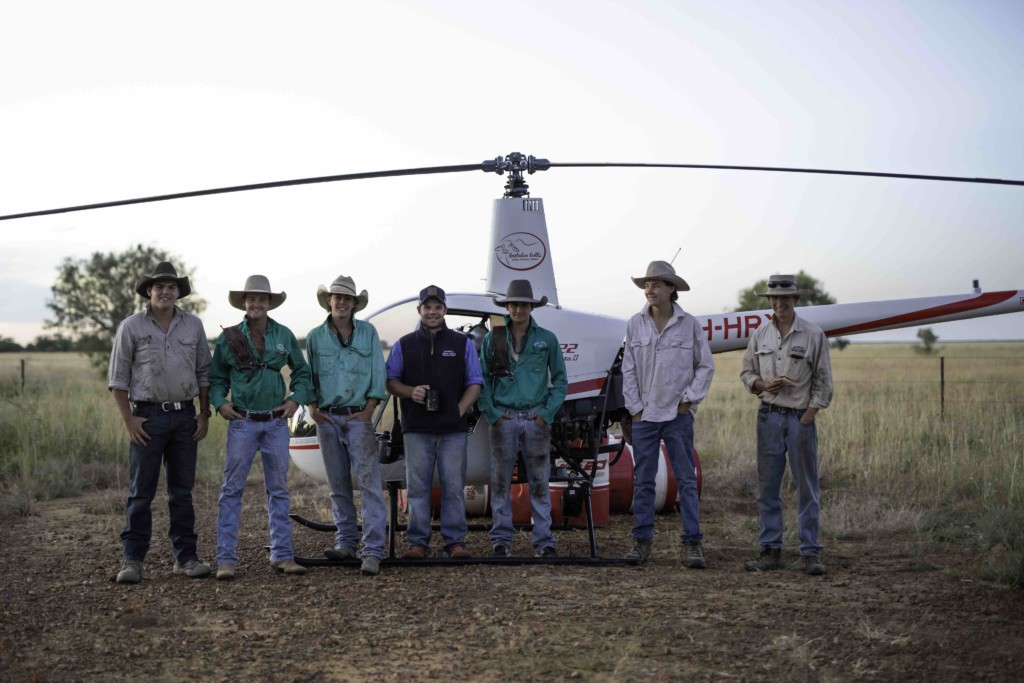
The current puzzle he’s turning over in his head is how to convince other young school leavers to do what he did and stick around beyond their 12-month gig.
Sharing the industry’s successes with the wider ag sector and the general public might just be the missing link, in his opinion.
“I think the biggest barrier is maybe the fact that we’re preaching to the converted. We’re expecting people to come from regional Australia, whereas I think we really could be looking to metropolitan Australia and sharing that incredible story we have to offer.”
He’s devoted himself to organisations like The Livestock Collective, which was established by those with experience working in the industry to create consumer-friendly information on the industry and its practices. It also trains young leaders like Hugh in communicating with the media and general public through its Livestock Leaders workshops.
Very proud to be a #LivestockLeader and advocate for #Agriculture in Australia! @livestock_the https://t.co/4qfqHCLbo7
— Hugh Dawson (@HPJDAWSON) December 11, 2020
Hugh also sought out opportunities through the Future Northern Territory Cattlemen’s Association and Young Livestock Exporters Network to strengthen the link between producers and live exporters, including opportunities for stockmen to sail on live export ships during the wet season when they can’t work the land. He’s hoping to set sail in the near future.
“Experiencing every aspect of the supply chain is integral to being able to share the story of live export with full transparency, I believe.”
The young stockman’s growing list of accolades certainly help the public image of the industry, too.
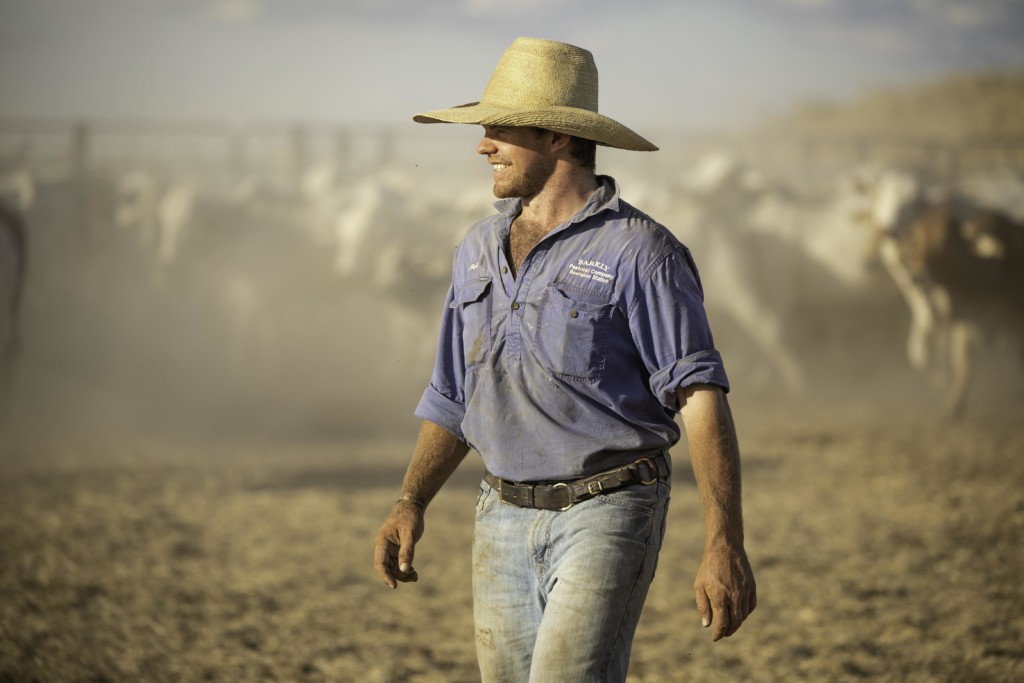
On 23 April 2021, he took home a Northern Territory Young Achievers Award, drawing mainstream attention to the cattle industry in northern Australia and the many young faces that are shaping the industry for tomorrow. The panel were impressed by Hugh’s involvement in The Livestock Collective and his role as NT Representative to the Young Livestock Exporters Network.
It comes hot on the heels of being named one of four finalists in the Zanda McDonald Award for 2021. The award, established in 2014 to support young people who are pushing the industry forward, offers one winner a mentoring trip tailored to their area of expertise as well as access to industry leaders via Platinum Primary Producers, a network of 150 rural leaders across Australia and New Zealand. This year, Hugh was the youngest finalist by six years, and while he didn’t take home the award, he says being included among young leaders of that calibre only inspired him further.
“It really affirmed to me what I was starting to believe: that agriculture has so much to offer for young people.”
“You can be extremely interested in quite high-level subjects and also have a really successful and rewarding career in agriculture. I think the idea that you have to go into medicine or law is completely debunked.”
“I really don’t think there’s a ceiling on what you can achieve in ag, in northern Australia especially.”
Enjoyed this story? Want to learn more about the Asia Pacific region’s innovative agrifood tech ecosystem? Sign up for our newsletter here and receive fresh stories about global leaders, farmers, startups and innovators driving collaborative change.
